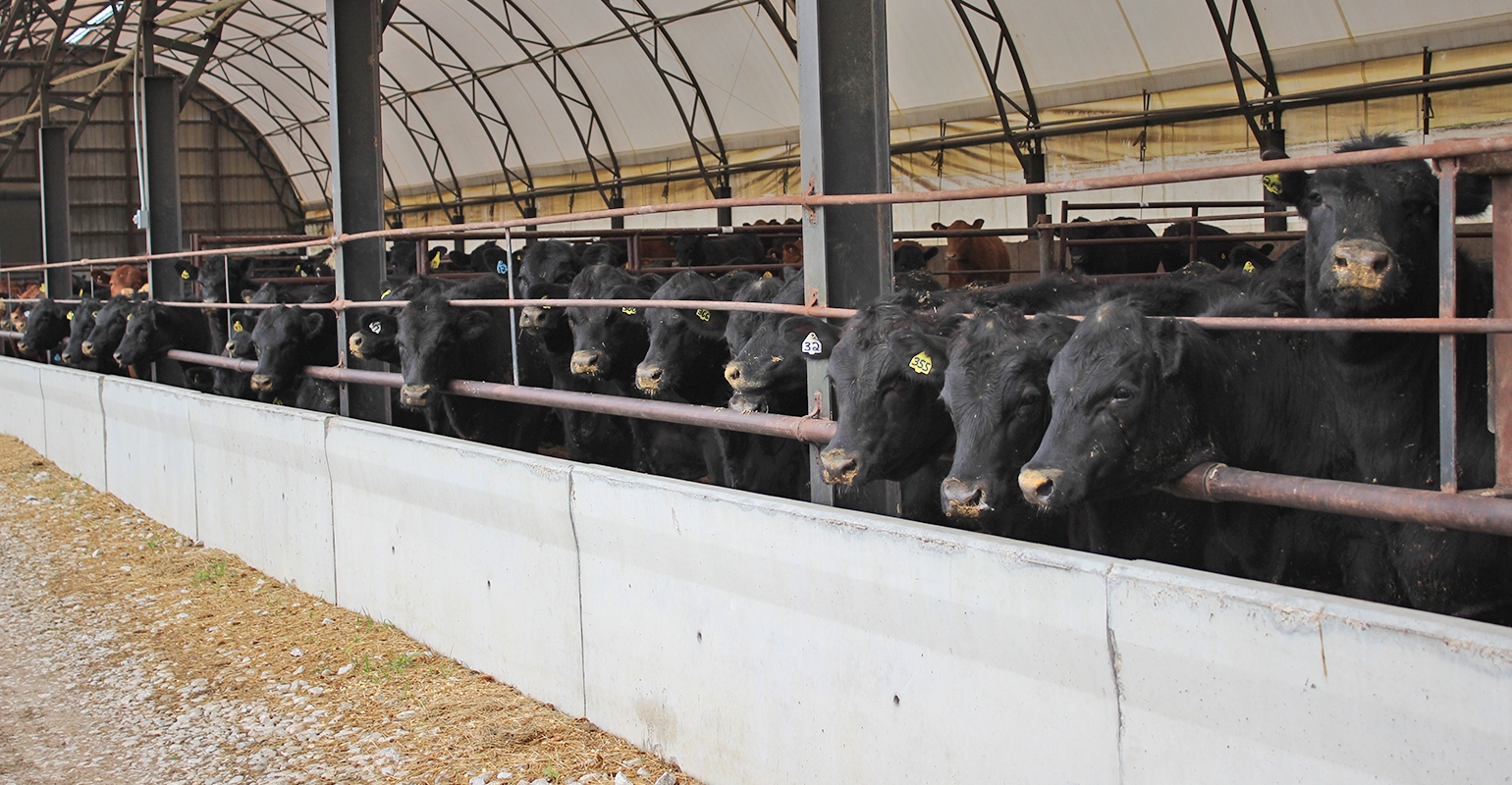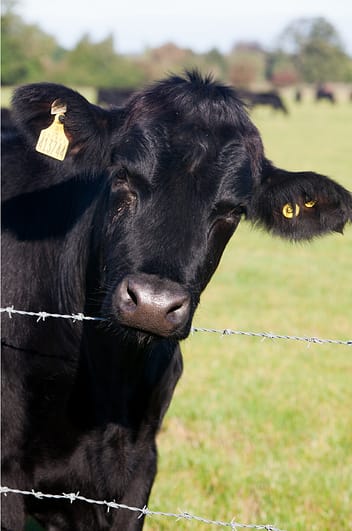Understanding Livestock Danger Defense (LRP) Insurance Coverage: A Comprehensive Overview
Browsing the world of animals risk defense (LRP) insurance can be a complicated endeavor for many in the agricultural market. From exactly how LRP insurance works to the numerous coverage alternatives available, there is much to uncover in this comprehensive overview that can possibly shape the method livestock manufacturers approach threat management in their organizations.

Just How LRP Insurance Coverage Functions
Sometimes, understanding the technicians of Livestock Risk Security (LRP) insurance can be complex, however breaking down just how it works can supply clearness for farmers and ranchers. LRP insurance is a threat management device developed to protect livestock producers against unforeseen price declines. The plan permits manufacturers to set an insurance coverage level based on their certain demands, picking the number of head, weight array, and protection rate. When the policy remains in location, if market value fall listed below the protection rate, manufacturers can sue for the distinction. It's important to note that LRP insurance is not a revenue assurance; rather, it focuses exclusively on price risk security. The coverage period usually ranges from 13 to 52 weeks, offering adaptability for producers to select a duration that aligns with their manufacturing cycle. By utilizing LRP insurance, farmers and ranchers can minimize the economic risks related to fluctuating market value, guaranteeing higher stability in their procedures.
Qualification and Insurance Coverage Options

When it comes to coverage options, LRP insurance offers producers the adaptability to pick the protection degree, coverage duration, and endorsements that best match their danger monitoring needs. By understanding the qualification standards and insurance coverage options available, animals producers can make informed choices to handle threat effectively.
Pros and Disadvantages of LRP Insurance Policy
When examining Animals Risk Protection (LRP) insurance policy, it is crucial for livestock producers to consider the disadvantages and benefits inherent in this risk management tool.

One of the key benefits of LRP insurance policy is its ability to supply protection versus a decrease in animals prices. This can help protect manufacturers from monetary losses resulting from market fluctuations. Additionally, LRP insurance offers a level of flexibility, allowing manufacturers to customize insurance coverage levels and policy periods to suit their particular demands. By locking in an ensured price for their animals, producers can much better take care of risk and prepare for the future.
One restriction of LRP insurance policy is that it does not shield against all kinds of risks, such as condition break outs or natural disasters. It is important for producers to meticulously assess their specific threat exposure and economic scenario to determine if LRP insurance is the right risk management tool for their operation.
Understanding LRP Insurance Policy Premiums

Tips for Taking Full Advantage Of LRP Conveniences
Making the most of the benefits of Livestock Danger Security (LRP) insurance coverage requires strategic preparation and aggressive danger management - Bagley Risk Management. weblink To maximize your LRP protection, take into consideration the complying with tips:
Regularly Assess Market Problems: Keep informed regarding market fads and price fluctuations in the livestock industry. By keeping an eye on these factors, you can make enlightened choices about when to buy LRP protection to secure against possible losses.
Set Realistic Coverage Levels: When selecting coverage levels, consider your manufacturing costs, market value of animals, and possible risks - Bagley Risk Management. Establishing practical protection levels guarantees that you are properly shielded without paying too much for unneeded insurance coverage
Expand Your Protection: Rather than relying exclusively on LRP insurance policy, consider diversifying your threat administration techniques. Integrating LRP with other risk administration tools such as futures contracts or alternatives can provide thorough coverage against market unpredictabilities.
Review and Readjust Protection Consistently: As market problems change, regularly evaluate your LRP insurance coverage to guarantee it aligns with your current danger direct exposure. Adjusting insurance coverage levels and timing of purchases can help optimize your threat defense approach. By following these pointers, you can maximize the advantages of LRP insurance coverage and guard your livestock operation versus unforeseen risks.
Verdict
Finally, livestock danger defense (LRP) insurance coverage is an important tool for farmers to manage the economic dangers connected with their livestock operations. By recognizing exactly how LRP functions, qualification and coverage alternatives, as well as the advantages and disadvantages of this insurance, farmers can investigate this site make enlightened choices to shield their source of incomes. By carefully considering LRP premiums and applying strategies to take full advantage of benefits, farmers can reduce possible losses and make sure the sustainability of their operations.
Livestock manufacturers interested in getting Livestock Risk Security (LRP) insurance can check out a range of qualification requirements and protection choices customized to their certain livestock operations.When it comes to coverage alternatives, LRP insurance provides producers the flexibility to choose the coverage degree, insurance coverage period, and recommendations that ideal match their danger management demands.To grasp the ins and outs of Animals Danger Defense (LRP) look at this now insurance fully, understanding the factors affecting LRP insurance policy premiums is crucial. LRP insurance coverage costs are established by different aspects, consisting of the insurance coverage degree picked, the anticipated price of animals at the end of the coverage duration, the kind of animals being guaranteed, and the length of the protection period.Review and Change Coverage Consistently: As market problems change, occasionally review your LRP coverage to guarantee it lines up with your current risk exposure.